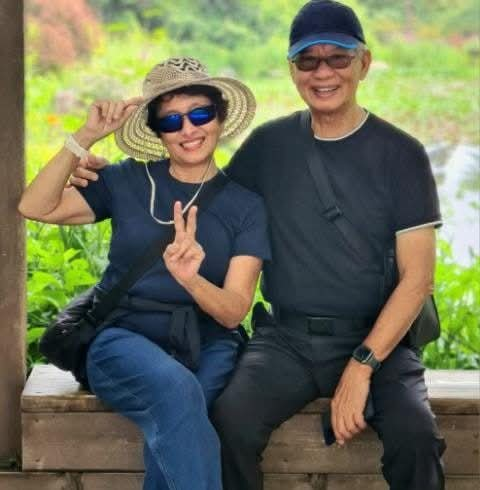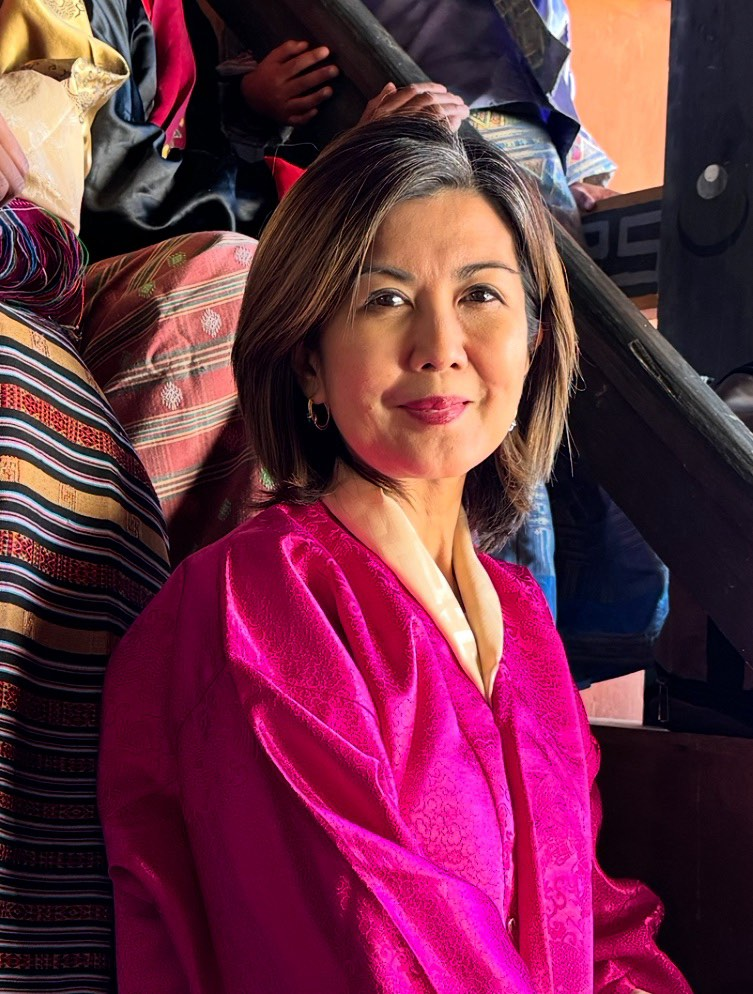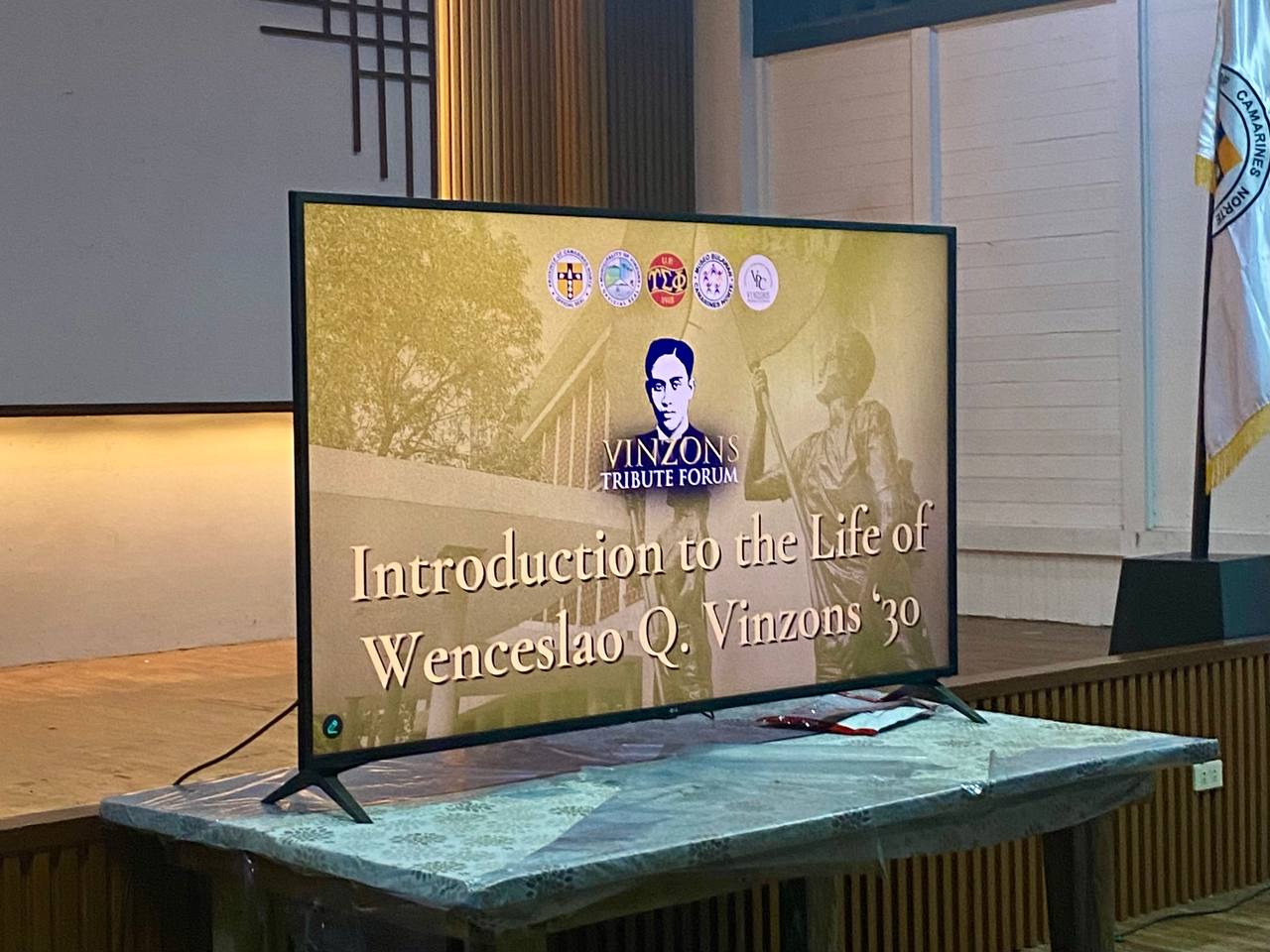Arts & Lifestyle
Nestor and Narcy David: Lessons From a 53-Year Partnership

Ah, sisterhood… brotherhood. It transcends the relationships of mere mortals. Or at least, we’d like to believe. Or perhaps, we’ve felt it. Compared to most of our relationships with friends and family, what sets sisterhood and brotherhood apart from conventional relationships?
Being that we all have that indescribable bond—borne out of tradition, a common history, and very similar shared experiences throughout the years—today, we will explore the relationships of those who have taken it to a deeper level. Many of us have dated a brod or a sis. Relationships come and go. So, what happens when a brod and a sis end up being each other’s forever after? From our unique existence as brods and sisters, how does that turn “attraction” into “courtship,” and “courtship” into a marriage that lasts? More importantly, has the formula changed over the years?
To find out, we spoke to two incredible couples representing opposite ends of the marital timeline.
On one side, we have The Veterans: Nestor and Narcy, married for a glorious 52+ years. They navigated courtship before social media, before texting, even before GPS existed. For five decades straight, they are the living definition of endurance, wisdom, and remembering that marriage is always a balancing act.
Then, we will meet The Newbies: Ray and Karina, still enjoying the fresh, 2+ year glow of relatively newlyweds. They had to navigate courtship during the pandemic lockdown. In their modern story, we’ll find out what role social media played in their relationship and how they navigated a significant age gap.
In this two-part series, we take a more intimate look into their stories, comparing the timeless truths of love with the very real challenges of “forever.” Get ready for dating advice that spans generations—from chivalrous expectations to the modern egalitarian practice of gift giving—and find out if the secret to a successful marriage is still the same, even if the tools of connection have gone digital.

The Veterans: Nestor and Narcy David
Brod is from Upsilon Batch ’64, and sis is from Sigma Delta Batch ’66. They have been married for close to 53 years.
Q: How did you meet? What attracted you?
Tito Nes was quick to respond that it all started on an Ikot jeep ride…
Nestor: Natatandaan mo ba, Armi, yung UP Ikot (jeep)? That’s how it started. Una akong bababa. And then si Nars e nasa tabi ng driver. Hindi ko pa siya kilalang Sigma Deltan nun pero na-attract ako at that time. Sabi ko, “Miss, paki-abot (sa driver ang bayad).” Inabot naman ni Narcy… Fast forward, [as they looked back on their beginnings once they were in a relationship] sabi ni Nars, “Ang kuripot mo! Inabot mo na nga sakin yung pambayad, tapos inantay mo pa yung sukli.” Pala, she was expecting na ililibre ko siya. Hindi ko naman siya kilala pa e.
Tito Nes then explained how it was an everyday social activity for the brods and sisters to have cocktails to get to know each other. Some time after the jeep encounter, when they were more familiar with each other, Narcy, encouraged by the other sisters, decided to ask him to go to such an event.
Narcy shares her side of the early events. She discovered he is a brod when she saw him at their usual tambayan.
Narcy: Ay, Upsilonian pala yun. Kuripot yan. Nagpa-abot siya nang bayad tapos hindi niya ‘ko ibinayad sa jeep. [Yun pala] hindi pa niya ako kilala nun.”
Tita Narcy climbed the several stories and took the many steps at the College of Architecture to see him, only to be told he had already been invited. She promptly turned away, thinking he already had a date for that evening. But as fate would have it, it turned out to be a blanket invitation for brods to meet up with the sisters who didn’t have dates.
Of course, they attended that night together as each other’s dates.
Narcy: Siguro, medyo tipsy ako from the cocktails. Binigay niya sa’kin yung pin. E di kinuha ko naman. Hindi kaya madaling magbigay ng pin, ano? Of course, the sisters noticed and said “Uy, Speedy Gonzales ka—naka-pin ka na agad, ha?”
At the end of the night, Narcy attempted to return the pin to Nestor as was customary, but Nestor told her to hold on to it for a while. Tito Nes noted that the pin was a handy courtship tool, later likening it to the flag of a conquering nation, used to state their claim. Once the pin was accepted, her heart is yours.
Q: Describe your courtship.
For their next date, Tito Nes met her after class. That established part of the routine of their courtship. Tita Nars said it was common for young couples to get together after class: “Ganun naman ang ligawan nun, di ba?”
Then came the story of another courtship tradition—the harana. Both of them lived in dorms while they were students at UP, and Nestor went with some brods one night to serenade Narcy. The ladies used a lamp by the window to identify who was serenading them.
Narcy: E, kung pangit, pinapatay naming yung ilaw.
But when they discovered that the young serenaders were brods, the sisters said “sige na, ituloy na natin.”
Narcy: Tsaka, may porma naman [si Nestor] e (with a playful smile).
From that time, Tita Nars says it was “tuluy-tuloy na” for their courtship. They were together for seven years before they decided to get married.
Q: How did you know you wanted to get married? How did you ask?
Nestor: I was the favorite son-in-law that never was. Her mom was very fond of me after a rough start. I figured it was time.
Narcy: He was the one who planned it. Ako naman, I just go with the flow.
Nestor: I was ready to marry her, but before I could do that, I also had to convince my father [to give us his blessing]. “Tang, gusto po naming magpakasal ni Narcy.” He paused for a moment and looked at me, then asked, “Do you love her?” Of course, I answered “Yes, I love her…” and then added “[Yes]… deeply.”
Q: What was a typical date for you during that time?
Life grew busier after college. They both worked right away, and their dates had to adjust.
Narcy: I stayed in the CWL dorm, and we got to see each other only in the evenings. Tapos, ang pasyalan namin, Luneta. Kaya yung [kantang] “Namamasyal pa sa Luneta… ng walang pera…” Kami yun.
Life was simple then. They would people-watch as commuters crossed the street around Recto. In their usual restaurant, they would share pancit bihon and Coca-Cola. A blind man busked on the corner, playing the flute whenever he sensed a crowd forming. His music added a touch of romance to their routine. On occasion, they would watch a movie together.
Q: What single characteristic do you like the most in your partner?
Nestor: Narcy is a very good home manager. She manages and maintains a very neat and clean house. Most of all, she manages household funds very well. Hindi siya gastadora.
Narcy: And I never even asked for money from him. We had a box containing money for daily expenses, which he would refill when we ran low. I didn’t even make a budget. I had him pay for the utilities so he knew how much it took to run a household. We were able to travel in luxury. I knew the bargains because I worked in the travel agency ng mga sis… and I paid for that. But of course, when I retired, siya na.
When asked what she thought Nestor’s most lovable characteristic was, she responded…
Narcy: Ay, mabait siya. Masungit lang paminsan-minsan. When you ask him to do household chores or buy something at the market, he would do it. Tsaka hindi siya makulit. Ako kasi, I’m the hot-tempered one. So siya yung pasensyoso.
Q: What is a trait in your partner that is the toughest to love?
Nestor: Well, she thinks she is infallible… (laughter)
Her answer?
Narcy: Ah, wala. Kasi siya naman ang nag-a-adjust sa akin e. Kasi Armi, if you want to be peaceful in the house, kailangan ang isa ang mag-adjust. Or kailangan yung isa quiet… yung isa, magpasensya… ganun yun.
Q: How do you handle conflict?
Narcy: The healthy way of quarrelling. Imagine mo na lang kung ano yun. (Sly smile)
Nestor: Let me tell you what I do. Kasi ayaw mong mag-escalate e. When I start to feel my emotions getting the better of me, lalabas ako.
He told the story of announcing he wanted to drink and would be home the next day. Instead of a beer garden, he found himself at a karaoke bar. After his second beer, he was asked to sing. Not wanting to perform, he instantly sobered up—and went home.
Narcy asked why he returned so soon, and he said he didn’t want to sing. The sudden request jolted him out of his anger. Problem solved.
Notably, Nestor mentioned that he had never had issues with Narcy being jealous or suspicious—something she also confirmed. There was the woman with a “tililing,” and another who made advances in a very revealing outfit. Each time, Tito Nes simply went home and told Narcy, and each time, she took it in stride.
A Reflection: Love Then
Listening to the Davids felt like stepping into a UP Diliman of another era—one where love was shaped by presence, simplicity, and showing up after class. Their story reveals a kind of courtship rooted in patience, decency, and small rituals: the shared jeepney ride, the harana, evening walks at Luneta, meals of pancit and Coke, and building a home from almost nothing. It is “love then”—steady, humble, and grounded in everyday partnership. A kind of love that grows not through grand gestures but through consistency and care.
And through it all, you can still see the unmistakable imprint of Upsilon–Sigma Delta culture: the playful banter, the mutual respect, the shared spaces, the gentle teasing, and the inherited rituals that blur the line between brotherhood, sisterhood, and lifelong companionship.
As we wrapped up the interview, it was impossible not to feel warmed by their energy. In between chuckles, they shared how “for better or for worse” was tested early: eating their first breakfast as husband and wife on their apartment’s staircase because they didn’t have a table; heating water in an empty can of pineapple juice so they could have coffee; and improvising privacy with a curtain made of bedsheets. These weren’t hardships—they were memories, stitched together across five decades.

Love… Now: A Bridge to Our Second Couple
But the world has changed. Courtship today unfolds across timelines, messaging apps, and long-distance calls. Screens mediate the first sparks. Decisions about love now involve emotional vocabulary, boundaries, social media signals, and new rules of equality. If Nestor and Narcy show us how love endured in the analog days, our next couple—Ray and Karina—show how love emerges and survives in a digital, disrupted, pandemic-shaped world.
What happens when a brod and a sis fall for each other in a time of lockdowns, age gaps, and social media-fueled expectations?
That’s what we’ll explore next.
Until next time…
About the Author

Armi Treñas
Armi is a seasoned Learning and Development practitioner and educator, specializing in designing tailored learning solutions across Southeast Asia. As President and Principal Consultant of Learning & Performance Partners, Inc., she has collaborated with organizations ranging from the United Nations to regional institutions, developing curricula, training Subject-Matter Experts, and consulting on succession management and workforce development. She has also served as a faculty member at AIM’s Executive Center for Lifelong Learning. In her semi-retirement, Armi dedicates more time to advocacy work, traveling, and enjoying her grandson. Outside of consulting, she is a franchisee of a service business with a presence in Iloilo, Davao, and General Santos, blending her passion for service and community engagement.


